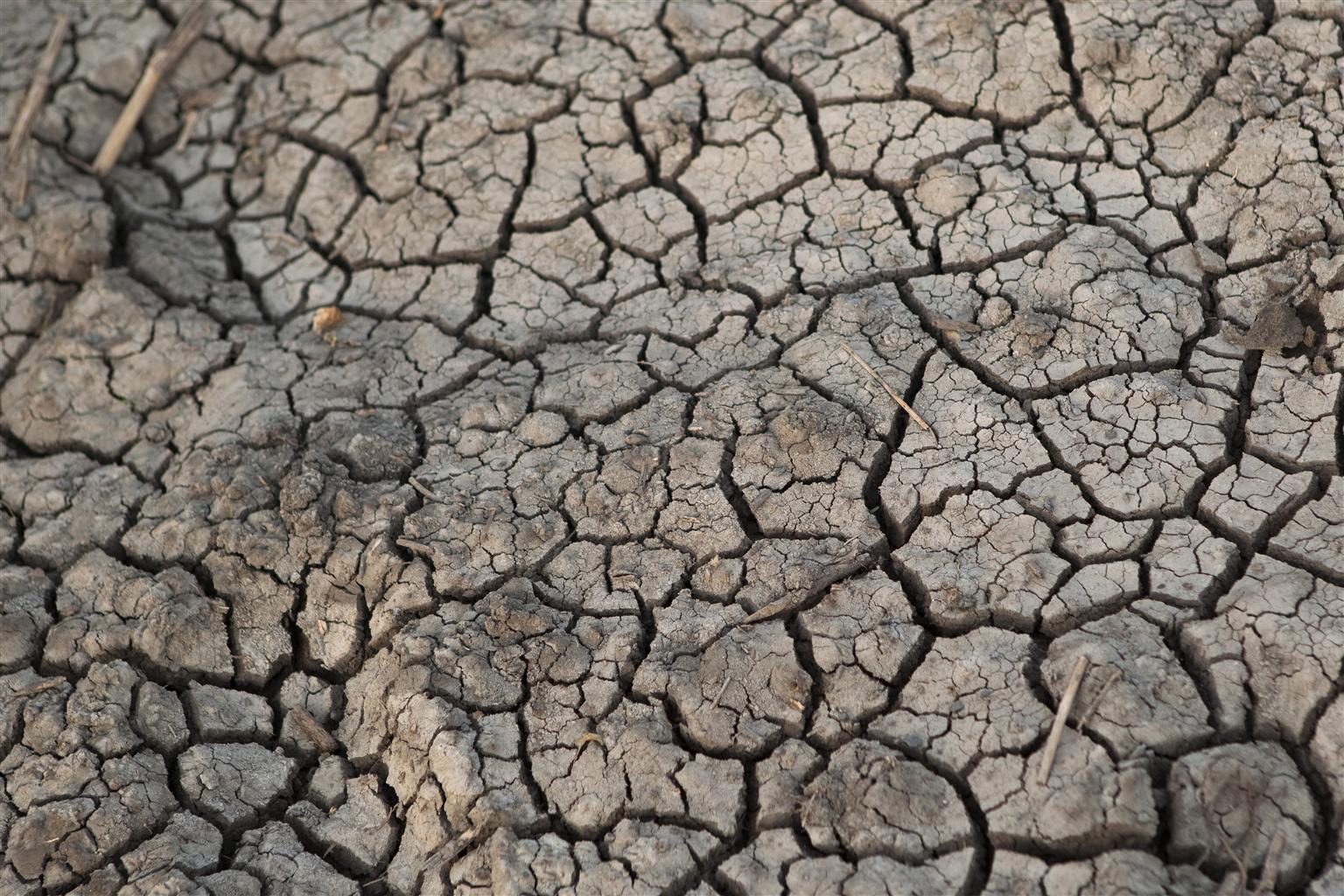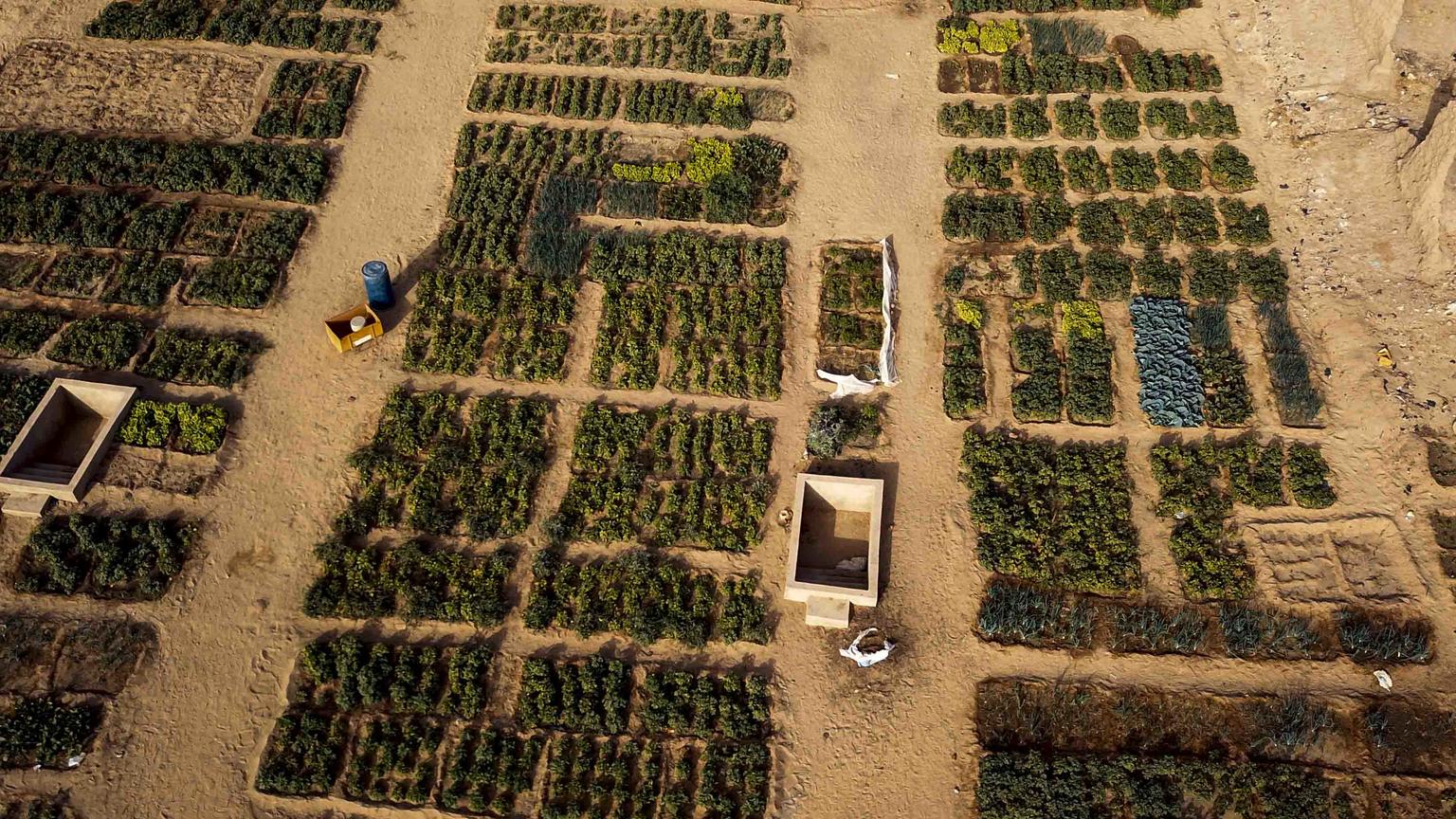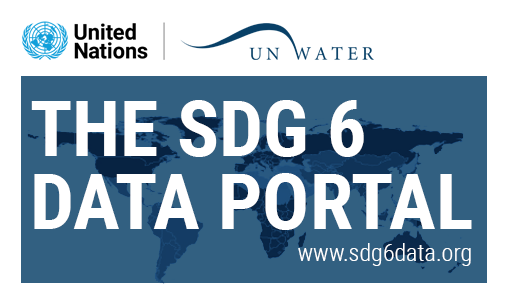Water Scarcity
Water can be scarce for many reasons: demand for water may be exceeding supply, water infrastructure may be inadequate, or institutions may be failing to balance everyone’s needs.
Water scarcity is an increasing problem on every continent, with poorer communities most badly affected. To build resilience against climate change and to serve a growing population, an integrated and inclusive approach must be taken to managing this finite resource.

The issue explained
Water scarcity is a relative concept. The amount of water that can be physically accessed varies as supply and demand changes. Water scarcity intensifies as demand increases and/or as water supply is affected by decreasing quantity or quality.
Water is a finite resource in growing demand. As the global population increases, and resource-intensive economic development continues, many countries’ water resources and infrastructure are failing to meet accelerating demand.
Climate change is making water scarcity worse. The impacts of a changing climate are making water more unpredictable. Terrestrial water storage – the water held in soil, snow and ice – is diminishing. This results in increased water scarcity, which disrupts societal activity.
Women and girls are among the hardest hit. Poor and marginalized groups are on the frontline of any water scarcity crisis, impacting their ability to maintain good health, protect their families and earn a living. For many women and girls, water scarcity means more laborious, time-consuming water collection, putting them at increased risk of attack and often precluding them from education or work.
Lack of data means lack of integrated management. Many countries do not have well developed water monitoring systems, which prevents integrated water resource management that can balance the needs of communities and the wider economy, particularly in time of scarcity.

The way forward
Water has to be treated as a scarce resource. Integrated water resources management (IWRM) provides a broad framework for governments to align water use patterns with the needs and demands of different users, including the environment.
IWRM can control water stress. When a territory withdraws 25 per cent or more of its renewable freshwater resources it is said to be ‘water-stressed’. IWRM can control water stress by measures such as reducing losses from water distribution systems, safe wastewater reuse, desalination and appropriate water allocation.
Data, technology and communications have a critical role. IWRM depends on: good quality data on water resources; water-saving, green and hybrid technologies, particularly in industry and agriculture; and awareness campaigns to reduce the use of water in households and encourage sustainable diets and consumption.
Groundwater is part of the solution. Exploring, protecting and sustainably using groundwater will be central to surviving and adapting to climate change and meeting the needs of a growing population.
Facts and Figures
- By 2050, three out of four people worldwide could face drought impacts. Current drought costs already exceed $307 billion annually. (UNU-INWEH, 2024)
- Approximately 10% of the global population – around 720 million people – lived in countries with high and critical water stress levels in 2021. (UN-Water, 2024)
- 3.2 billion people live in agricultural areas with high to very high water shortages or scarcity, of whom 1.2 billion people – roughly one-sixth of the world’s population – live in severely water-constrained agricultural areas. (FAO, 2020)
- Today, 1.42 billion people – including 450 million children – live in areas of high or extremely high water vulnerability. (UNICEF, 2021)
- About 4 billion people, representing nearly two-thirds of the global population, experience severe water scarcity during at least one month of the year. (Mekonnen and Hoekstra, 2016)
- 72% of all water withdrawals are used by agriculture, 16% by municipalities for households and services, and 12% by industries. (UN-Water, 2021)
- When a territory withdraws 25% or more of its renewable freshwater resources it is said to be ‘water-stressed’. Five out of 11 regions have water stress values above 25%, including two regions with high water stress and one with extreme water stress. (UN-Water, 2021)

